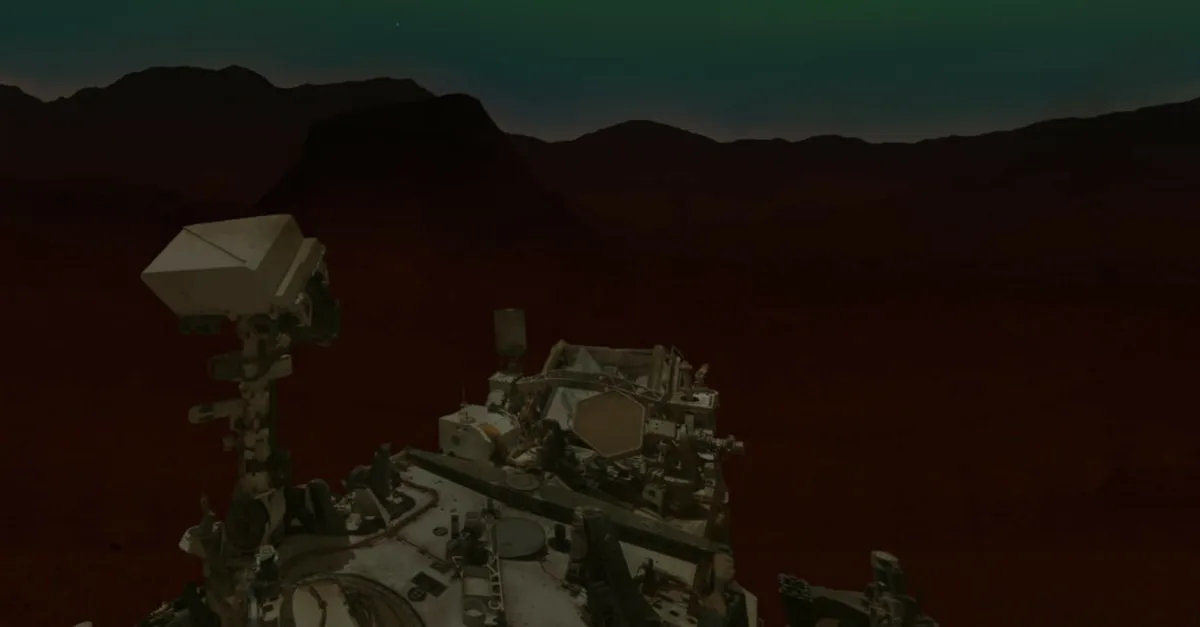
The Northern Lights, also known as the aurora borealis, are a breathtaking natural phenomenon that captivates observers around the globe. These stunning displays of color and light dance across the night sky, making them a fleeting yet unforgettable experience. For many, witnessing the aurora is a once-in-a-lifetime event, but for some, like Elise Wright Knutsen, an atmospheric physicist at the University of Oslo, the aurora has become a familiar sight.
Elise Wright Knutsen explains her relationship with the aurora in a personal way. “I’m Norwegian, so the aurora is a big thing here,” she notes. Living in Norway, she has grown accustomed to the beautiful displays lighting up the sky above her. For many Norwegians, the northern lights are a significant part of their cultural heritage and natural landscape, creating a unique bond with the celestial phenomenon.
Despite her familiarity with the Northern Lights, Knutsen experienced a profound emotional reaction when she observed the aurora on another planet. “I cried a little bit,” she admitted, highlighting the deep connection scientists like her have with their field of study. The discovery of auroras beyond Earth opens up new avenues for understanding the atmospheric conditions of other planets and the universality of this awe-inspiring phenomenon.
The Northern Lights are caused by the interaction between solar winds and the Earth’s magnetic field. When charged particles from the sun collide with gases in the Earth’s atmosphere, they create the dazzling light displays that many have come to love. This scientific explanation adds another layer of appreciation for those who are fortunate enough to witness the aurora borealis.
For Elise Wright Knutsen and countless others, the Northern Lights are more than just a natural spectacle; they are a symbol of wonder and exploration. Whether viewed from Earth or beyond, the aurora serves as a reminder of the beauty and mystery of our universe. As scientists continue to study these captivating lights, they deepen our understanding of both our planet and others, reinforcing the idea that the aurora truly is a universal wonder.